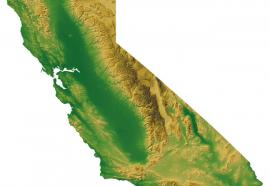Coming to America
U.S. utilities are gaining valuable lessons from technology developments abroad.
Structural and regulatory factors have allowed utilities in some countries to leapfrog America’s utility industry in terms of technology leadership. But U.S. utilities are learning valuable lessons from international advancements.











